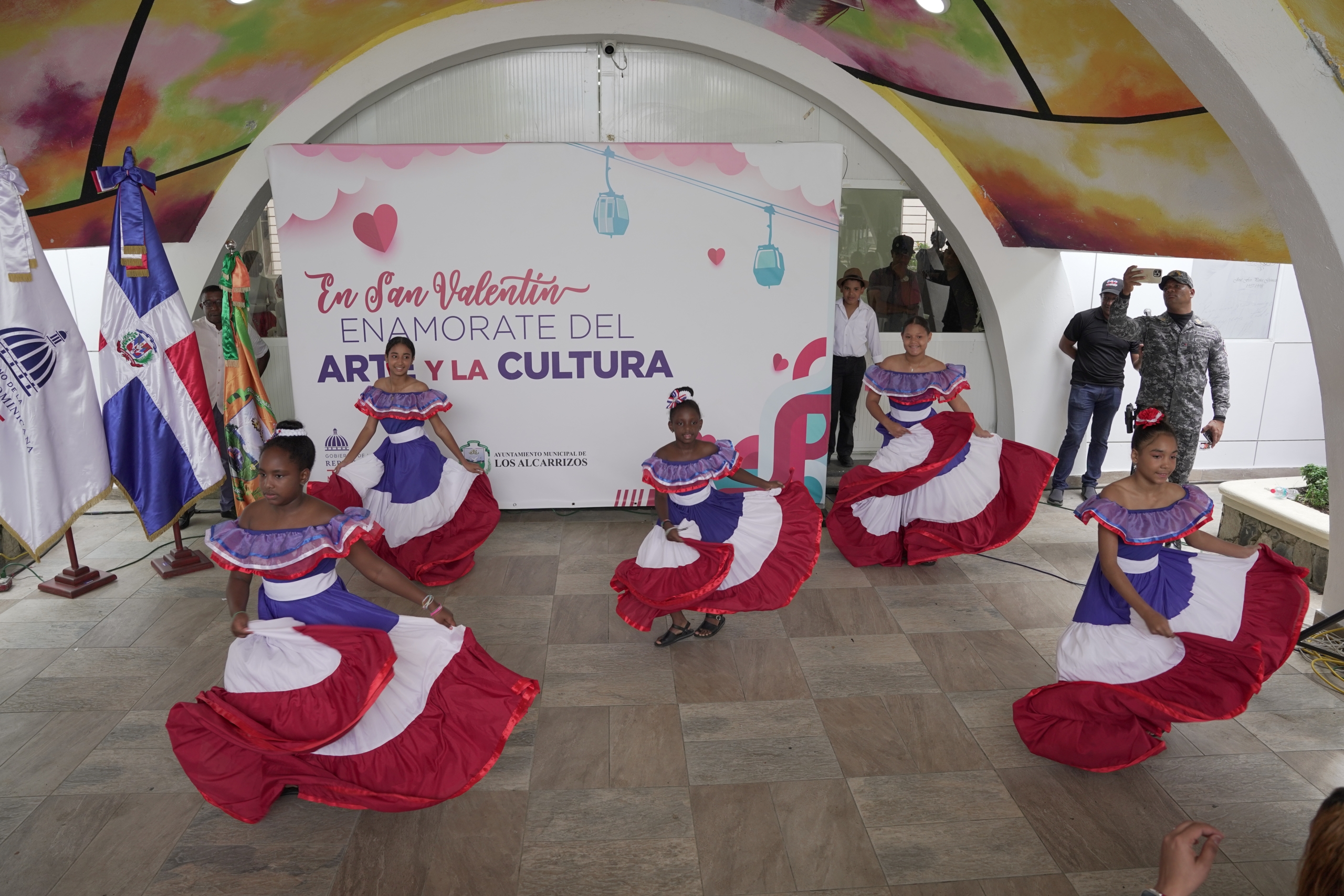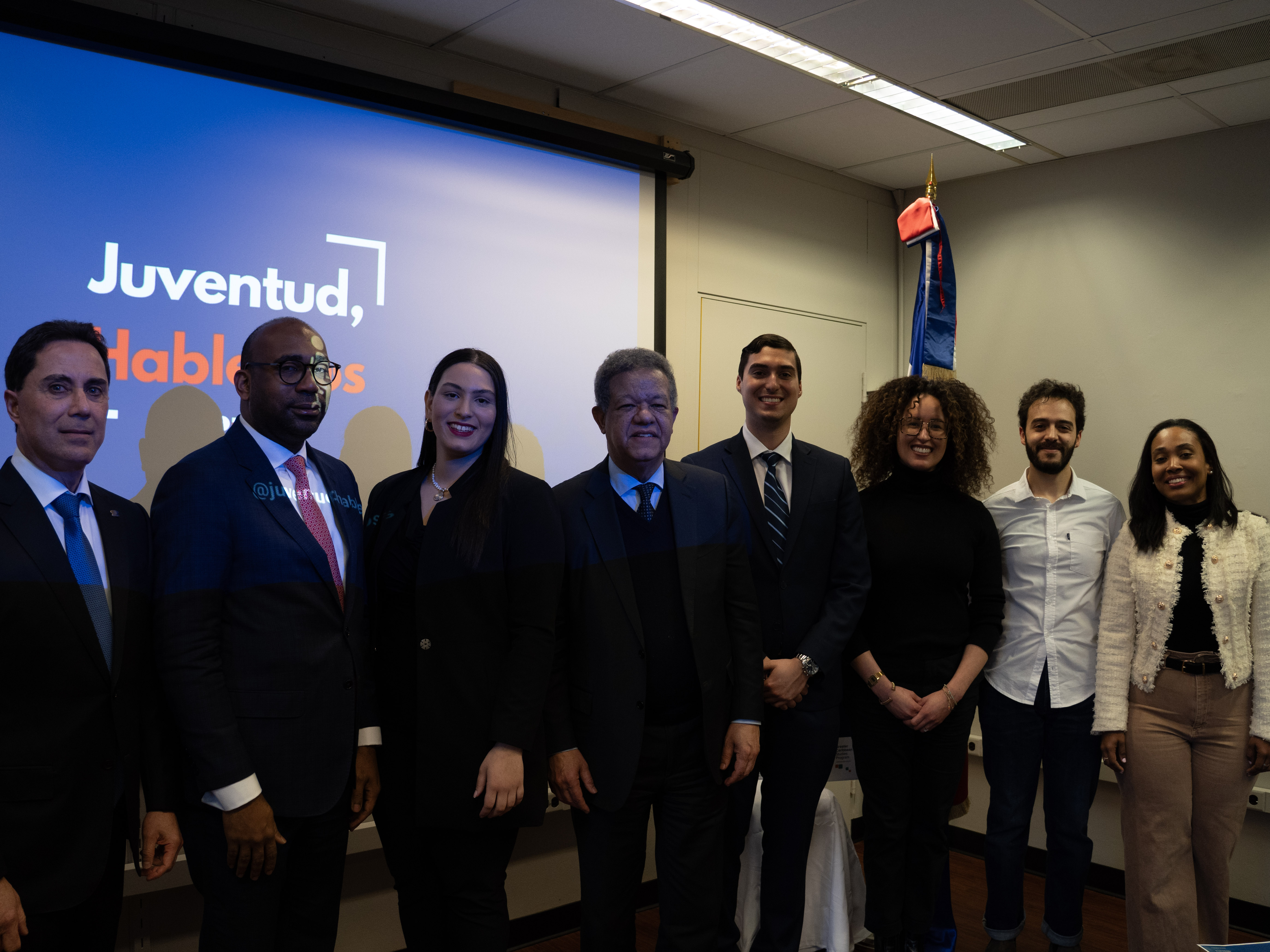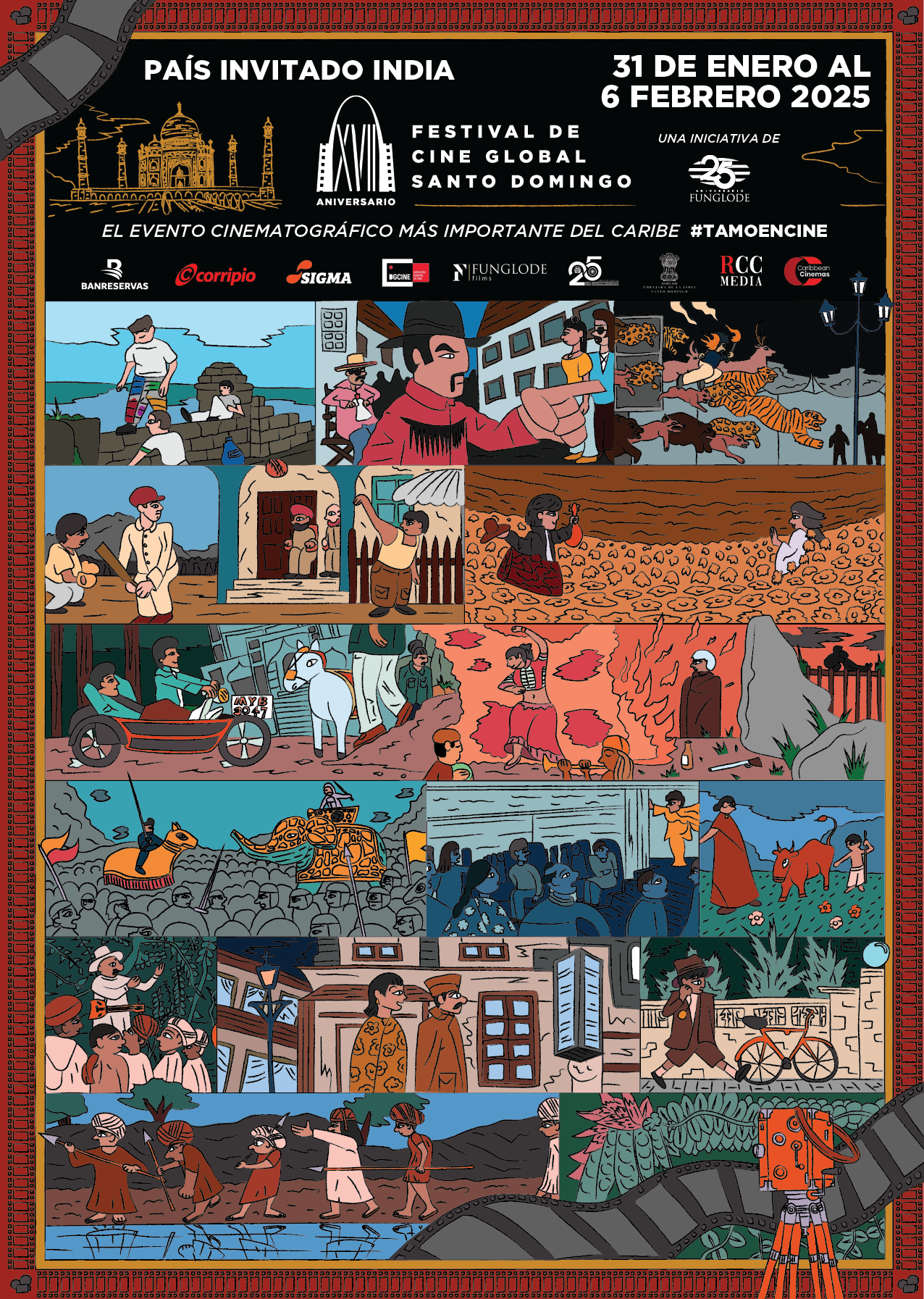USAID Promotes Increased Investment for Border Area Farmers
 | USAID Promotes Increased Investment for Border Area Farmers En a joint investment project, the United States Agency for International Development (USAID) contributed a sum of $2.4 million Dominican pesos with the goal of supporting the efforts of the Center for Sustainable Agriculture (CEPAS in Spanish) and the Santa Cruz Association of Agro-Forestry Producers to carry out their “Implementation of Wood Drying Furnaces and Reservoirs to Preserve Forestry Products in the Northern Border Areas of the Dominican Republic.” “This Project is an important contribution to the implementation of a management model which will allow farmers in this area to earn more for their work and improve their quality of life by adding value to their forestry products,” This initiative will allow the organized farmers in the Loma de Cabrera region to increase their earnings, improve their standard of living and to add value to their lumber products. As part of the project, two wood drying kilns or furnaces and four tubs used to cure lumber were made operational, allowing the Producers Association to earn more money from the sale of their wood. “This Project is an important contribution to the implementation of a management model which will allow farmers in this area to earn more for their work and improve their quality of life by adding value to their forestry products,” said Luis González, Economic Policies Coordinator for the USAID. Recently the Association was incorporated into the Santiago Furniture Cluster which has allowed it to sell its wood to a larger and more supportive market. As part of this project, 15 people were trained in the area of manufacturing and marketing, the uses of the drying furnaces and wood treatment tubs. In addition, all members were trained in sustainable natural forest management. Prior to the introduction of this project, farmers had no basic infrastructure to dry and treat the lumber they cut. They sold 60% of their crude unprocessed lumber to intermediaries from Santiago and the rest in planks dried in the open air which cost them the value added of working and selling their own wood products directly. The USAID provides small joint investments of up to RD$2.5 to clusters and producers associations with the goal of promoting rural economic diversification. Through this mechanism, some 57 organizations, clusters or producers associations have benefitted from a sum of RD$102.4 million. As such, in the form of matching contributions, the benefitting organizations have contributed a total of RD$145.5 of their own resources to add up to a total investment of RD$247.9 million. Technical Details The kilns are capable of drying 5,000 feet of planks in a period of 10 to 15 days. They are made of solid wood with a protective asphalt canvas covering. They are free of vibrations, have solar collection panels with a plaque that collects and transfers heat, a biomass combustion furnace (sawdust, tree bark and wood shavings), 3 air regulator windows,15-foot metal glass fiber ducts and a ten-foot metallic chimney. The wood curing tubs, four in all, have a water reservoir with a capacity of immersing 500 feet of wood planks. The tubs are built on the ground level and are covered on the inside with an impermeable surface of paving stones where the curing solution is applied in a base of borax, an EPA approved preservative substance.
| |

Related News
-

(Versión en español) MINC realiza el evento "Enamórate del Arte y la Cultura" en Los Alcarrizos
-

(Versión en español) InspireDR celebra una década de impacto con “La Fiesta 10” en Cabarete
-

(Versión en español) Organización “Juventud Hablemos” de la Universidad de Columbia y la GFDD copatrocinan a casa llena evento sobre “La evolución de la democracia en la República Dominicana”
-

(Versión en español) Realizan premiere del documental “El Padrino II: 50 años y su filmación en República Dominicana”
-

Actividad #1
Dónde:: Complejo Acuático Del Centro Olímpico Juan Pablo Duarte.
Días: 28 y 29 de noviembre 2016.
Precios: RD$1,1000.00 VIP, RD$600.00 gradas.




